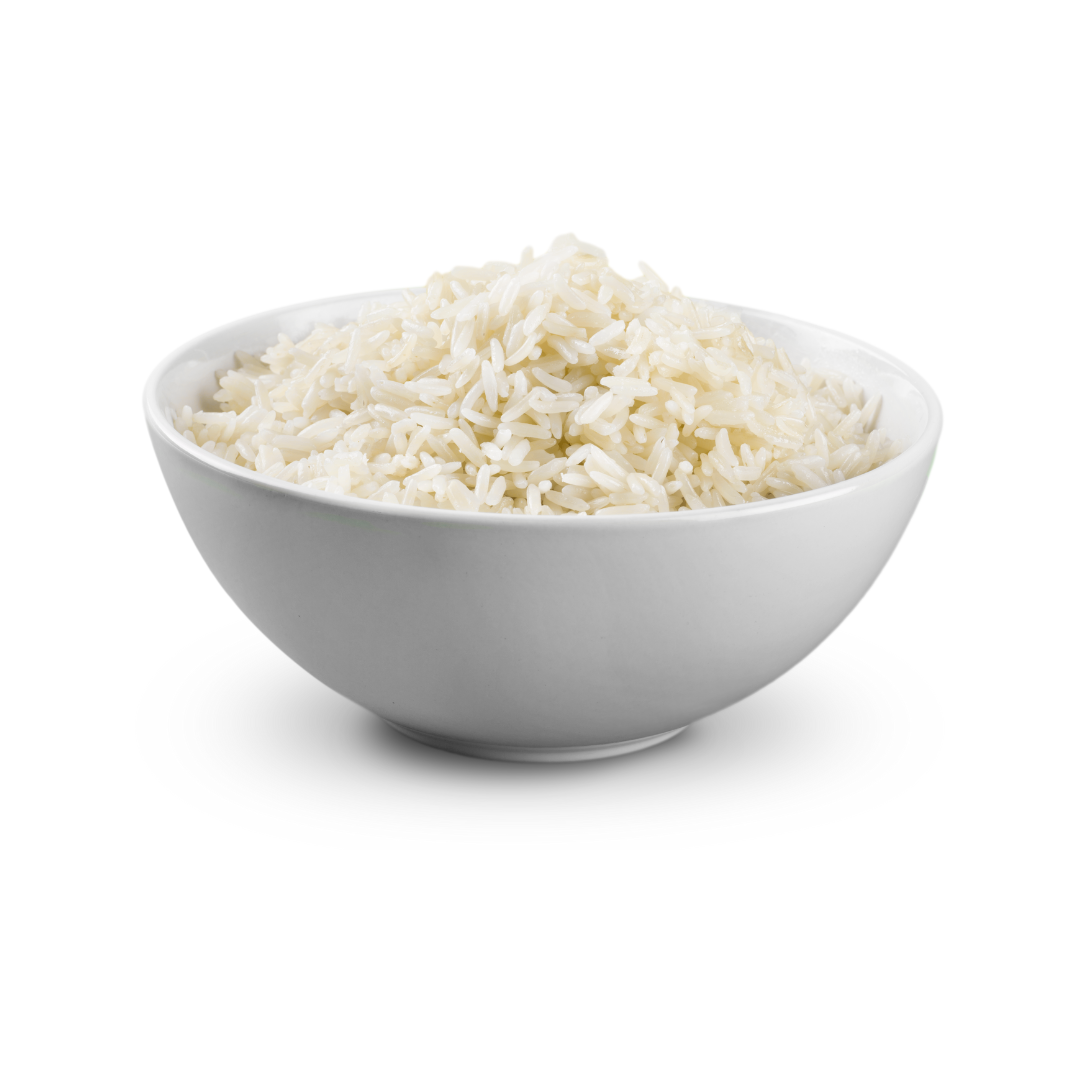
About
Rice is a type of grain that is widely consumed as a staple food in many parts of the world. It comes in different varieties, such as white, brown, and wild rice. Here is more information about rice:
Health Benefits of Rice:
-
Rich in carbohydrates: Rice is a good source of carbohydrates, which provides energy to the body.
-
Good source of fiber: Rice contains fiber, which helps in maintaining good digestive health.
-
Low in fat: Rice is low in fat, making it a healthy food option for those looking to maintain a healthy weight.
-
Rich in vitamins and minerals: Rice is rich in vitamins and minerals, which are essential for good health.
Diseases that can be cured:
There are no specific diseases that rice can cure. However, consuming rice as part of a balanced diet can help in the prevention of certain diseases such as heart disease, diabetes, and certain types of cancer.
Macro Nutrient content per 50-gram serving Of Rice:
| Macro Nutrient | Content per 50g serving |
|---|---|
| Carbohydrates | 36g |
| Proteins | 4g |
| Fats | 0.5g |
| Fiber | 1g |
| Water Content | 8g |
Vitamins content per 50-gram serving Of Rice:
| Vitamins | Content per 50g serving |
|---|---|
| Vitamin A | 0mcg |
| Vitamin B1 (Thiamin) | 0.1mg |
| Vitamin B2 (Riboflavin) | 0mg |
| Vitamin B3 (Niacin) | 1mg |
| Vitamin B6 | 0.1mg |
| Vitamin B12 | 0mcg |
| Vitamin C | 0mg |
| Vitamin D | 0mcg |
| Vitamin E | 0.1mg |
| Vitamin K | 0.2mcg |
| Folate | 11mcg |
| Biotin | 1mcg |
Minerals content per 50-gram serving Of Rice:
| Minerals | Content per 50g serving |
|---|---|
| Calcium | 9mg |
| Iron | 0.4mg |
| Iodine | 0mcg |
| Zinc | 0.3mg |
| Magnesium | 34mg |
| Phosphorus | 72mg |
| Potassium | 60mg |
| Sodium | 0mg |
| Chloride | 0mg |
| Copper | 0.1mg |
| Chromium | 0mcg |
| Fluoride | 0mcg |
| Molybdenum | 8mcg |
| Manganese | 0.5mg |
| Selenium | 8mcg |
What are the health benefits of consuming rice?
Rice is a good source of carbohydrates and provides essential vitamins and minerals. It can also aid in digestion and promote heart health.
What are the different types of rice available in the market?
Some of the commonly available types of rice are white rice, brown rice, basmati rice, jasmine rice, wild rice, and arborio rice.
Can rice be a part of a gluten-free diet?
Yes, rice is naturally gluten-free and can be consumed as a part of a gluten-free diet.
How is rice cooked?
Rice can be cooked by boiling it in water or by using a rice cooker. The cooking time and amount of water required may vary depending on the type of rice.
Is consuming rice bad for weight loss?
Rice is a good source of carbohydrates and can be consumed in moderation as a part of a balanced diet for weight loss.
What is the shelf life of rice?
The shelf life of rice may vary depending on the type of rice and storage conditions. Generally, white rice can be stored for up to 2 years, and brown rice can be stored for up to 6 months.
How does rice contribute to the global food supply?
Rice is a staple food for millions of people around the world and contributes significantly to the global food supply.
What are the different ways in which rice can be consumed?
Rice can be consumed as a side dish, in salads, soups, and stews, and as a main course in dishes like biryani, fried rice, and risotto.
What are some popular rice-based dishes from around the world?
Some popular rice-based dishes from around the world include paella from Spain, sushi from Japan, pilaf from the Middle East, and jambalaya from the southern United States.
How can rice be stored to ensure maximum freshness?
Rice should be stored in an airtight container in a cool and dry place to ensure maximum freshness and prevent the growth of mold and insects.
Can rice be used in desserts?
Yes, rice can be used in desserts like rice pudding, kheer, and mochi.
What are some common nutritional deficiencies that rice can help prevent?
Rice is a good source of thiamine, niacin, vitamin D, and iron, which can help prevent nutritional deficiencies like beriberi, pellagra, and anemia.
How does rice cultivation impact the environment?
Rice cultivation can have significant impacts on the environment, including water usage, greenhouse gas emissions, and soil degradation.
What is the role of rice in traditional ceremonies and festivals?
Rice is an important part of many traditional ceremonies and festivals around the world, including weddings, harvest festivals, and religious ceremonies.
How has the demand for rice changed over time?
The demand for rice has increased significantly over time, particularly in Asia where it is a staple food. This has led to the development of new varieties and farming practices to meet the demand.
Is rice grown organically?
Yes, rice can be grown using organic farming practices, which focus on sustainability and minimizing the use of synthetic inputs.
Can rice be harmful to health?
Rice can be contaminated with heavy metals like arsenic and cadmium, which can be harmful to health if consumed in large quantities.
How is rice production impacted by climate change?
Climate change can impact rice production by changing precipitation patterns, and temperature regimes, and increasing the incidence of pests and diseases.








